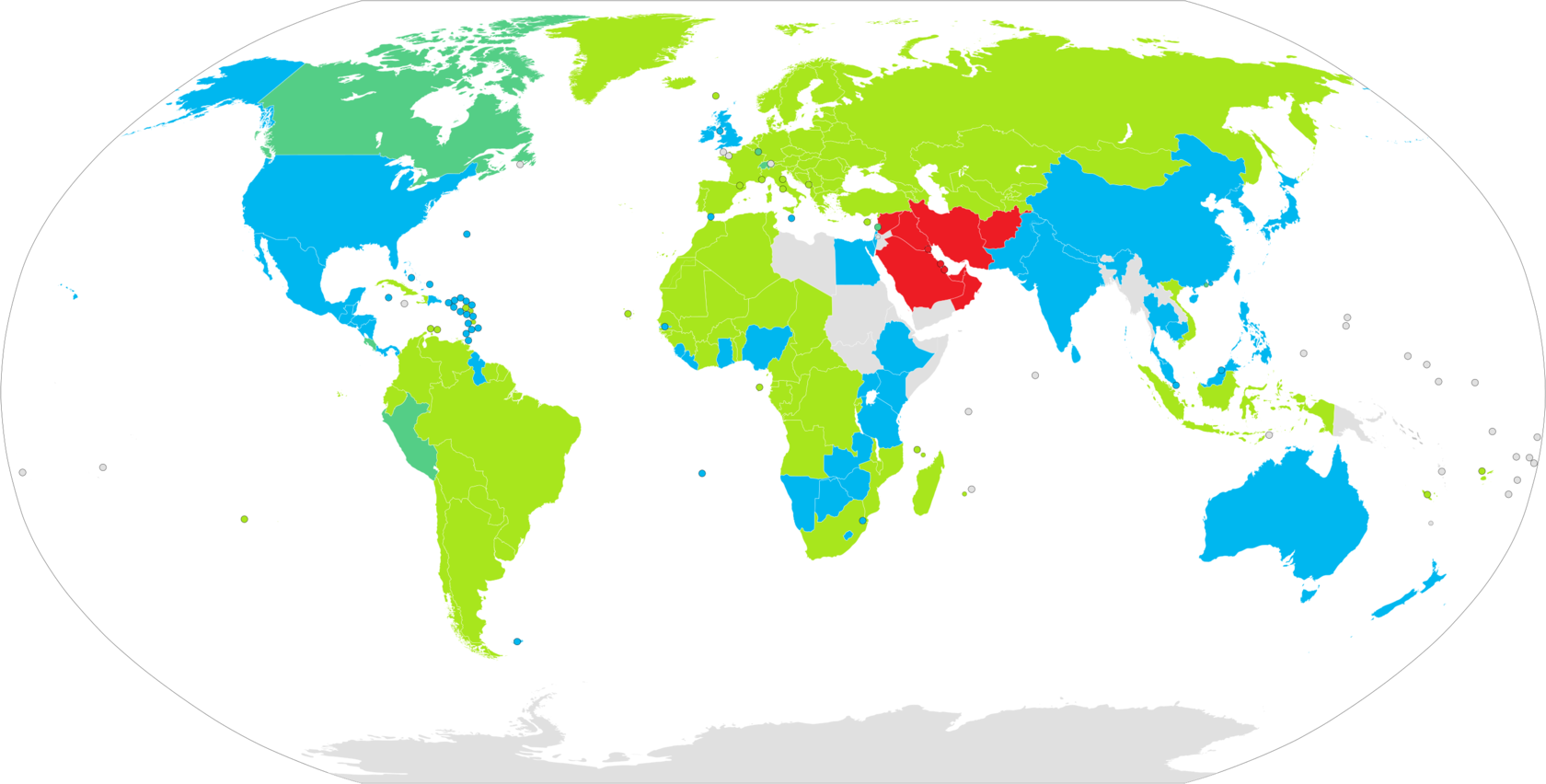Regional Differences in the Formatting of Figures.
Every day in our localization studio, we work with not only text, but figures as well. These can be localized as well: currency, dates, time. Translators often forget the formatting rules for figures in different regions, or simply don’t know these rules, and so it becomes valuable to verify these kinds of details personally. I will make an effort to explain what helps me with localizing figures below.

Let’s start, of course, with currency. Consider one million ¤.
¤ — is the typographic symbol for currency.
1 000 000,00 ₽ is the correct formatting to represent one million rubles in the Russian Federation. The proper format consists of four elements:
- order of magnitude separator: white-space;
- decimal separator: comma;
- number of decimal digits: two;
- position of currency type symbol: one white-space after the figure.
Now let’s consider one million euro, US dollars, and pounds:
- France — 1 000 000,00 €;
- Italy — 1 000 000,00 €;
- Germany — 1 000 000,00 €;
- Spain — 1 000 000.00 €;
- Great Britain — £1,000,000.00;
- USA — $1,000,000.00.
Other than the white-space as an order of magnitude separator, we might see a period, comma, apostrophe, or the momayyez, which is used almost exclusively in the Arab world and some African nations.

- period — blue;
- comma — light-green;
- apostrophe — green;
- momayyez — red.
Decimal Separator
The original decimal separators used before the print era were represented using the overscore symbol ¯. This was common during the Middle Ages, and so the little mark reaches up toward the heavens, and their inhabitants. At the beginning of the 17th century, already well after the invention of the printing press, decimal separators started to take on their present style. The first decimal number was separated by a comma. As this happened in France, the English could not resist their own natures and accepted the symbol as a given. Since then, most of the world of decimal separators has been split between devotees of the comma and the period. In the Arab world, Iran, and Afghanistan, a symbol of its own unique origins is preferred: the momayyez.
Most European countries swear by the comma as the decimal separator of choice. The period, meanwhile, is honored in the USA, Great Britain, and Ireland. More can be found on the history of these separators on «Wikipedia».
Decimal part
The figure includes two places after the decimal point in the Russian Federation, Europe, Great Britain, and the USA. This is the most common standard for places after the decimal point in the world. In Bahrain and some other countries, three places are rendered. Japanese currency figures do not use decimal places.
The number of decimal places rendered depends on the denomination subunit(s) in a given country.
Subunit: a unit of currency for exchange of a larger currency or note*.*
The subunit used in the Russian Federation is the kopek, the cent in the USA, the penny or pence (when plural) in Great Britain, and the eurocent in Europe. In Bahrain, the subunit of dinars is the fils, and Japan does not use a currency subunit.
- 1 ₽ = 100 kopek;
- $1 = ¢100;
- £1 = p100;
- 1 € = 100 eurocents;
- 1 BHD = 1000 filis.
Currency Symbol
- ₽ — after a white-space following the figure.
- € — after a white-space following the figure. Exceptions: Ireland, Malta, Cyprus. In these countries, € comes before the figure.
- £ — before the figure.
- $ — before the figure.
Date and Time
Everything needs to be localized. Sometimes, the formatting for date and time is ignored, with any relevant text being copied over directly into the translation in whatever format they most often show up in. Incorrectly formatted dates and times will lead to a negative emotional response, and frequent hitches in reading flow. In the worst case, they could convey the wrong information. In the Russian Federation and the USA, the 9th of January, 2020 would be written differently: 09.01.2020 in the Russian Federation, and 01.09.2020 in North America. If it’s the same date and the user is aware of different date formats, then most problems can probably be avoided. But when the text frequently includes time periods and different dates, incorrect formatting inevitably leads to problems.
Correct date and time formats:
- Russia — dd.mm.yyyy | hh:mm
- France — dd/mm/yyyy | hh:mm
- Spain — dd/mm/yyyy | hh:mm, but in Basks language yyyy/mm/dd
- Italy — dd/mm/yyyy | hh.mm
- Germany — dd.mm.yyyy | hh:mm
- Great Britain — dd/mm/yyyy | hh:mm
- North America — mm/dd/yyyy | h:mm, 12-h time format
Where you could find the information
RU
Справочник издателя и автора А. Э. Мильчин, Л. К. Чельцова
FR
ES
DE
EN
